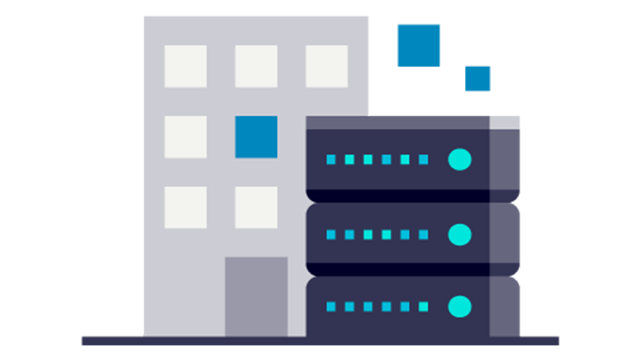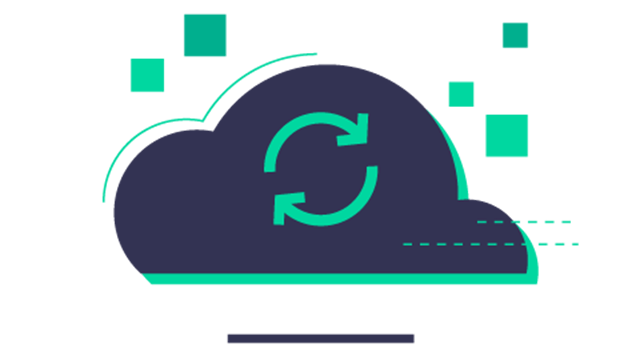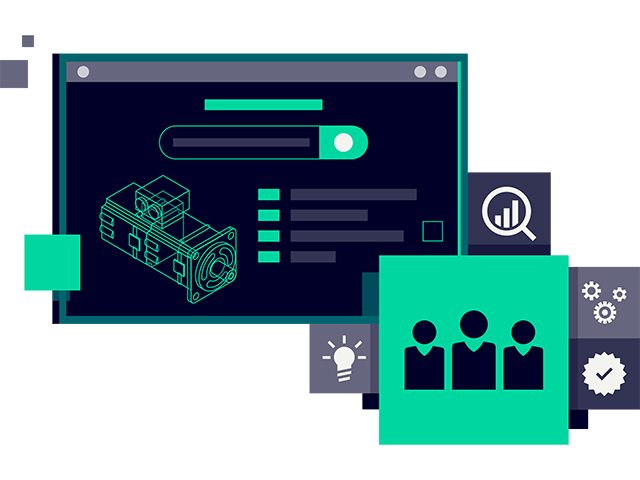.png?auto=format,compress&w=843&q=60)
Planificación
Establece la dirección estratégica y la definición del producto para guiar las decisiones downstream.
Desarrollo
Diseña y documenta el producto multidisciplinar para aprovechar el gemelo digital.
Entrega
Teje el hilo digital para conectar el desarrollo de productos con la fabricación, el servicio y los proveedores.







